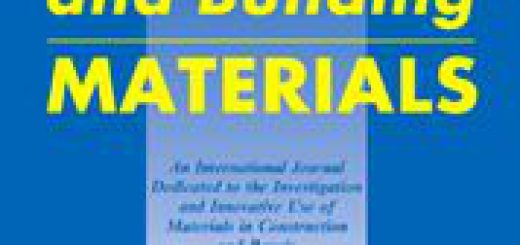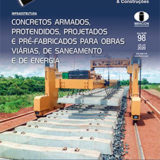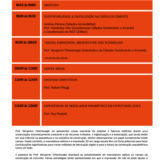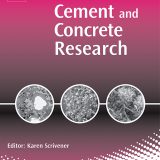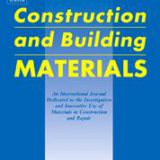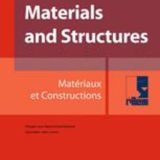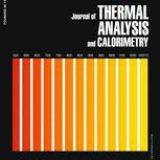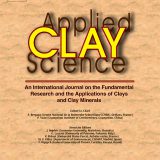Autores: Varhen, Christian; Dilonardo, Isabela; Romano, Roberto Cesar de O.; Pileggi, Rafael G.; Antonio Domingues Figueiredo
Revista: Construction and Building Materials (doi)
Disponivel online: 18 de Agosto de 2016
Abstract
This study analyses the impact of substituting limestone fillers for cement on the rheological behaviour and drying shrinkage of microconcretes that are used for repair coatings. Three microconcretes were formulated with limestone filler contents of 80%, 60% and 20% by weight in relation of the total fines (cement and limestone filler). The total fines and water contents were kept constant in all of the formulations result in mixtures with similar volume of paste. The rheological behaviours of the mixtures were evaluated using a rheometer with planetary motion. The specimens were then moulded for mechanical characterisation and to measure the drying shrinkage. The porosity of the pastes was also evaluated using the mercury intrusion porosimetry (MIP). Rheological properties such as the yield stress and viscosity were influenced by the amount of cement that was replaced by fillers. Larger volumes of filler in the paste produced lower yield stresses and, consequently, higher slump values were obtained. However, the plastic viscosity increased with the filler content. In the hardened state, greater substitutions of cement by fillers decreased the drying shrinkage. This will cause lower differential shrinkage between the repair material and the existing substrate, generating lower tensile stresses in the repair material (repair coating) and therefore less potential for cracking of this. The experimental shrinkage results were compared to values that were obtained by the ACI 209, CEB-FIP90, B3 and GL2000 shrinkage prediction models. The models were found to overestimate the amount of shrinkage with increased substitution of cement by filler in the paste. Therefore, these models should be calibrated considering other factors such as the quantity of filler used in cement replacement. That consideration could optimize the use of these models in the design stage to verify if the values of expected shrinkage are within usually accepted limits for this application.


